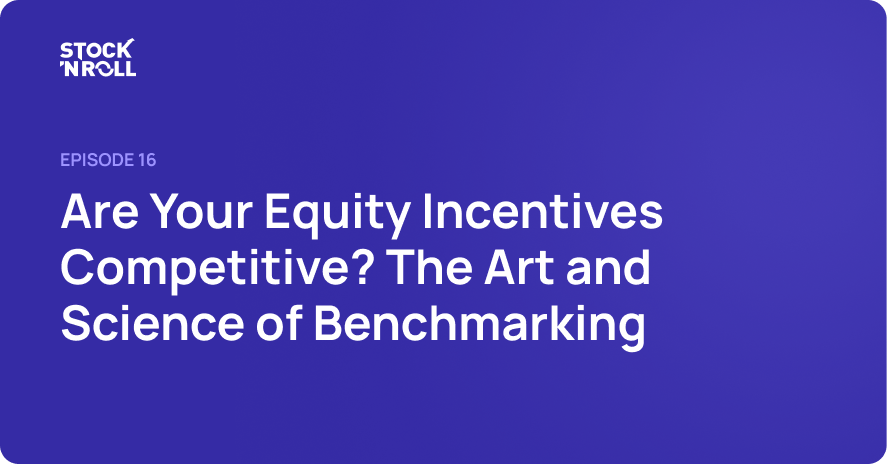As equity compensation becomes a crucial part of rewarding and retaining employees, Sweden stands out with its unique regulatory, tax, and structural requirements. In this episode of Stock 'N Roll, our CEO, Christoffer Herheim, speaks with Stefan Sundell, a seasoned expert in equity incentives with over 25 years of experience advising Swedish and Nordic companies. Together, they explore how Swedish companies approach equity programs, common pitfalls, and how international organizations can successfully navigate Sweden’s incentive landscape.
Understanding the Swedish Context
Sweden's approach to equity incentives is unique due to specific statutory and regulatory requirements. A significant factor is the 90% shareholder approval needed to transfer shares or securities to participants, which necessitates careful plan design to achieve acceptance at the Annual General Meeting (AGM). Occasionally, backup solutions such as third-party delivery mechanisms may be required to navigate international shareholder guidelines.
Trends in Swedish Equity Plans
The discussion highlighted several trends in Sweden's equity compensation landscape:
- Incentive Plans Evolution: The evolution from basic stock options in the 1980s to more structured share plans with performance criteria is evident in large-cap Swedish companies. Small to mid-cap firms are gradually adopting similar models.
- Tax Considerations: With a high social security rate of 31% and no salary cap, companies must consider tax implications in cost analyses and overall plan design. Innovative solutions like introducing caps to limit social security costs are often employed.
- Broad-Based vs. Focused Plans: Historically, Swedish companies favored broad employee inclusion in incentive plans. However, participation rates have typically been higher among senior management, leading many organizations to simplify plans and focus on key contributors.
Integrating ESG Criteria
Environmental, Social, and Governance (ESG) targets are now a staple in Swedish equity plans, reflecting a broader Nordic trend towards sustainable business practices. These targets often constitute 15-20% of the incentive criteria, aligning long-term corporate goals with shareholder values.
Steps to Transparency
For organizations aiming to step into transparency, starting small with simple structures is advisable, especially in the startup phase. As the company grows, investing in structures and clear lines of communication about salaries and compensation becomes crucial. For large enterprises, utilizing market tools to manage and report on compensation disparities is essential.
Challenges for Multinational Companies
When Swedish companies expand or foreign companies hire Swedish employees, differences in plan structures can present challenges:
- Plan Adaptation: Non-Swedish companies might struggle with adapting to Sweden's warrant-based plans, which require upfront payment for potential equity. However, establishing a straightforward international share plan could bridge cultural and regulatory gaps.
- Regulatory Compliance: Companies must understand regulations such as the prohibition of employee loans for share purchases and the importance of structured plan documentation to meet EU standards.
Effective Use of Equity Plans for Talent Retention
To make equity incentives work as intended, simplicity and clear communication are key. Participants need to understand the risk and potential rewards of plans to be truly engaged. Keeping targets realistic and aligned with company performance metrics is essential for creating meaningful motivation.
Conclusion and Future Focus
For those interested in the finer details of Swedish startup options or ESG impacts in greater depth, follow-up discussions are on the horizon. For now, this insightful exchange underscores the critical importance of understanding local nuances and crafting well-thought-out equity plans to succeed in the Swedish market and beyond.
In closing, Stefan and Christoffer's rich dialogue offers invaluable strategies for companies seeking to leverage equity incentives in Sweden, ensuring both compliance and competitiveness in an ever-evolving financial landscape.


Interested in being a guest or do you know someone that would be?
Subscribe below and follow us on social media to stay updated with our insightful blog posts. We're here to help you navigate the world of equity incentives and drive your company's success!




